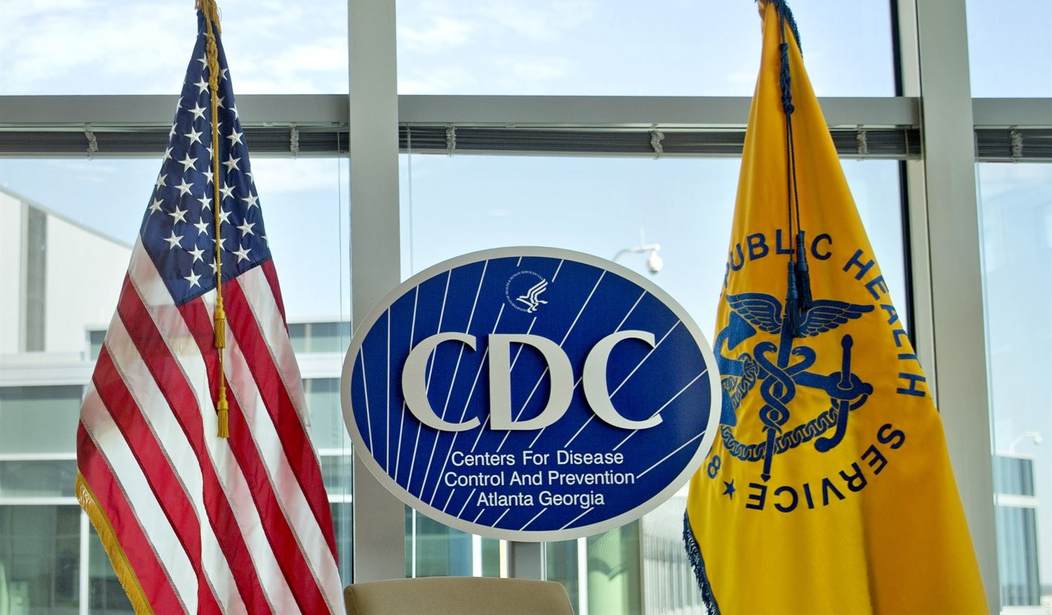In my piece yesterday about the Chinese government's egregious culpability in the Wuhan Coronavirus outbreak, I mentioned that Beijing's cover-up and treachery should not exculpate American or other Western officials whose failures or poor decisions have contributed to the crisis. On that front, the Wall Street Journal has published a report on the 'perfect storm' of errors that led to a huge shortfall in US testing capacity, a hole out of which we are finally digging (which is why the nationwide confirmed case list is growing so fast):
“A perfect storm of three separate failures.” This is great reporting but systemic failures will cost Americans dearly. https://t.co/dEE0KCKee2
— Jeb Bush (@JebBush) March 19, 2020
When cases of the new coronavirus began emerging several weeks ago in California, Washington state and other pockets of the country, U.S. public-health officials worried this might be The Big One, emails and interviews show. The testing program they rolled out to combat it, though, was a small one...CDC officials botched an initial test kit developed in an agency lab, retracting many tests. They resisted calls from state officials and medical providers to broaden testing, and health officials failed to coordinate with outside companies to ensure needed test-kit supplies, such as nasal swabs and chemical reagents, would be available, according to suppliers and health officials. When the U.S. Food and Drug Administration, also involved in the response, finally opened testing to more outside labs, a run on limited stocks of some supplies needed for the CDC-developed test quickly depleted stores, lab operators and suppliers said. Hospital and commercial lab operators said the government didn’t reach out to enlist their help until it was too late...“This was kind of a perfect storm of three separate failures,” said Tom Frieden, who directed the CDC from 2009 to 2017, citing the botched test, overstrict FDA rules and sidelined private labs.
Recommended
"The test shortage hurt U.S. efforts to contain the virus," the piece went on to say, citing a top doctor. Part of the reason South Korea has been so successful in beating back Coronavirus is testing on a massive scale. They're preparing to get back to quasi-normal life, while Americans are entering a purgatory of disruption and uncertainty. American officials fumbled the ball early on, developing a tainted and useless test, then failing to cut through burdensome regulations or coordinate with the private sector. These are bad and costly mistakes, and as much as I respect Dr. Anthony Fauci, I cannot accept the notion that it's "nobody's fault." When this crisis is behind us, there must be investigations and accountability for the individuals and entities that failed.
A lot of very smart people seem to think that mass testing is going to be an essential, if not the essential, component to restoring 'normal' life in the United States. As such, efforts like this seem very important to focus on. Dr. Scott Gottlieb, who flagged the widespread use of masks as a potential mitigating tool in the coming days, is also pointing to this sort of testing (followed by targeted isolation and anti-viral therapies) as something of a possible recovery cocktail:
Important thread from Trevor Bedford. Long term mitigation depends on surveillance at massive scale and case-based strategies. If we can couple to an antiviral for advanced disease and antibody prophylaxis for highest risk we can manage life with #COVID19 until we have a vaccine. https://t.co/xVOR7YttGh
— Scott Gottlieb, MD (@ScottGottliebMD) March 19, 2020
This rollout of testing could be achieved through at home delivery of swabs with centralized lab-based processing combined with drive-through testing facilities. There are logistics involved in getting a result quickly, but it's really just logistics, which can be solved. 14/19
— Trevor Bedford (@trvrb) March 19, 2020
Click through to those threads for more details. Federal officials are looking at this drug, and other treatments, as possible placeholders until a vaccine comes to market. If I'm understanding this correctly, the current mitigation program of social distancing and self-isolation is designed to get us through the short term problem without overwhelming our medical system. After that, if widespread (or even self-conducted) testing can track the disease and map emerging hotspots, we can start to re-isolate the virus. Affected people can be quarantined and treated, while others can somewhat return to normalcy, perhaps wearing masks and taking other precautions. This potential future status quo would be far less disruptive and economically-disastrous than the current scenario, and could bridge the gap until a vaccine decisively defeats the virus. Perhaps that's optimistic, but it at least seems somewhat realistic, as Americans contemplate what a light at the end of this tunnel might look like. But for now, focus on the immediate task. I'll leave you with this:
15 DAYS TO SLOW THE SPREAD! pic.twitter.com/ytgBP3hJv1
— Donald J. Trump (@realDonaldTrump) March 18, 2020

























Join the conversation as a VIP Member